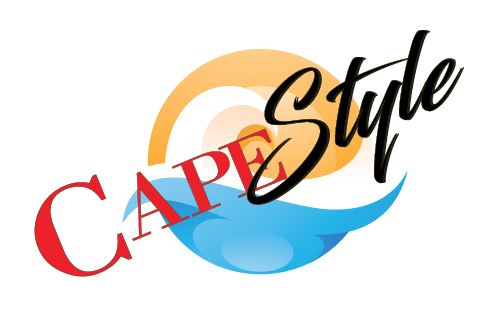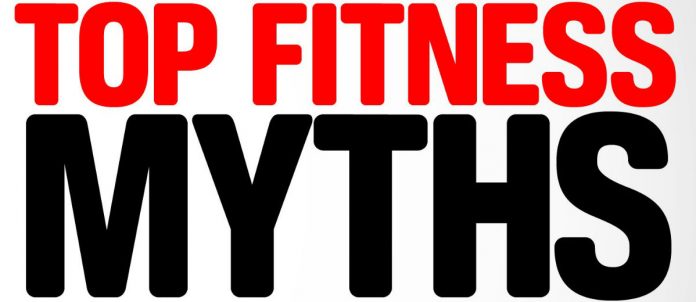Myth 1: Drinking water can help you lose weight
Fact: Many sources tout drinking copious amounts of water to be the all-curing panacea of the Gods. If you’ve heard that drinking lots of water improves your skin tone, or that it flushes toxins from your body, you know what we’re talking about. But the fact of the matter is, the evidence for such catch-all health benefits is lacking.
Doctors at the University of Pennsylvania have found that both the aforementioned “benefits” simply aren’t true. Another myth is that drinking lots of water will make you less hungry. Sorry to tell you this — you may eat less because you’re too busy trucking back and forth between the bathroom and dinner table, but that’s about it.
Oh, and that whole “recommended eight glasses a day” thing? Also false. You should drink only when you’re thirsty, and this is done just to replace the amount of water a healthy adult loses every day — about four to six glasses.
Myth 2: Stretching before working out is crucial to preventing injury
Fact: Stretching after a workout can be beneficial, but stretching before a workout actually doesn’t increase your range of motion. In fact, some studies suggest that stretching destabilize muscles, making them less prepared for strenuous exercise, especially if you’re doing something like weight-lifting. Instead, do a warm-up, which gets your blood pumping.
Myth 3: Vegetarian diets are healthier than meat-inclusive ones
Fact: Sure, eating lots of veggies is healthy. But in general, cutting out an entire food group — even if it is one that can be high in saturated fat — is bad idea. Meat is a key source of iron, which keeps your energy levels up, allows you to think clearly, and produces enzymes that fight infection. Moreover, researchers at Pennsylvania State University have shown that iron deficiency increases a woman’s risk for postpartum depression.
Vegetarians often try to get their iron fix through lentils, beans, fortified cereals and tofu. However, you’re still missing protein. Make sure to eat eggs, dairy products, or soy at every meal to get your animal-friendly dose.
Myth 4: Lifting weights will make you look bulky
Fact: If you’ve been avoiding the free weights for fear of becoming the Incredible Hulk, no need to flee anymore. When it comes to increasing muscle size, testosterone is key. Men have 20 to 30 times the more testosterone than women, which is why they can bulk up so noticeably. But for you to reach Arnold Schwarzenegger proportions would require you to do far more weight-lifting than the average woman, plus have some sort of hormone imbalance (either genetic or synthetically induced, as with steroids).
In fact, “strength training will help you lose weight faster and keep it off in the long run If you also do cardio, it’ll help you retain muscle as you drop fat, as well as prevent your metabolism from slowing. So don’t focus all your efforts on the elliptical machine — some bicep curls could actually help you reach your ultimate goal.
Myth 5: Sports bras are just to prevent painful bounce
Fact: Wrong — sports bras are to prevent painful bounce and permanent breast sag. That’s right — it’s not just old age and gravity that’ll weigh your chest down. High-impact activities, like jogging or aerobics, can stress your Cooper’s ligaments (the connective tissue that keeps breasts firm), causing your breasts to sag more quickly.
According to the American Council on Exercise, compression bras work best for smaller-busted women; the more well-endowed (typically a C cup or larger) should opt for an “encapsulation” bra that supports each breast separately. Replace workout bras every six months to a year.
Myth 6: A hot bath will prevent muscle soreness
Fact: Cold water is a better bet. Immersing yourself in chilled water is like an ice pack for your entire body.
When you exercise, your blood vessels open wider and stay that way for at least an hour afterward. Soreness occurs when waste products like lactic acid settle in your muscles through these dilated vessels. Colder temps constrict vessels, limiting the amount of waste product that accumulates.
Myth 7: Running is counterproductive to strength training
Fact: Sounds like you need to find a new trainer! Running is definitely not counterproductive to building muscle, unless you’re looking to dramatically increase muscle mass. In fact, as a weight-bearing exercise, running helps develop more lean muscle mass in the lower body — which also keeps your bones healthy.
That doesn’t mean it’s a substitute for strength training, though. Include lower-body strength moves like squats and lunges and upper-body moves like push-ups and pull-ups to reduce injury risk, increase stamina, and boost metabolism.
Myth 8: Holding weights while doing cardio increases calorie burn
Fact: Yes, but not enough to make it worthwhile. The added intensity of holding weights while doing cardio does bump your calorie burn slightly, but it can also lead to elbow and shoulder injuries. “The risks outweigh the benefits. You’ll expend more energy if you increase the weight you carry, but excessive or uncontrolled movements can damage the joints or cause muscle injury.
A better option for blasting extra calories: Increase your speed or resistance level on either the treadmill or the elliptical machine.
Myth 9: Fresh fruit is better than frozen fruit
Fact: Actually, no. With shipping and storage, fresh fruit can often sit around for as long as two weeks before it hits your supermarket. During that time, it can lose a lot of its nutrients, especially vitamin C.
In contrast, frozen fruit is often picked and frozen at the peak of freshness. It’s also a better choice for concocting smoothies. But watch out for frozen fruits in syrup — it packs extra calories.
Myth 10: Doing crunches and ab workouts will get rid of belly fat
Fact: You can do crunches till you pass out, and you still might not get a six-pack. Why? If you have a high percentage of body fat, your abs will be covered with — you guessed it — fat. And no, doing ab exercises won’t necessarily make you lose that belly fat, either. The truth is, you can’t spot-train (otherwise, wouldn’t we all be running around with flat stomachs and slim thighs?). In order to get visibly toned abs, you have to first reduce your overall body fat, which means plenty of cardio, coupled with strength training for faster results. After that, the fruits of your labor should start becoming apparent.



